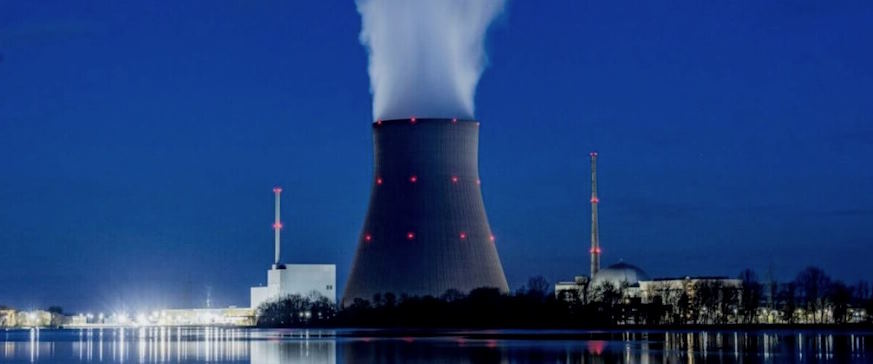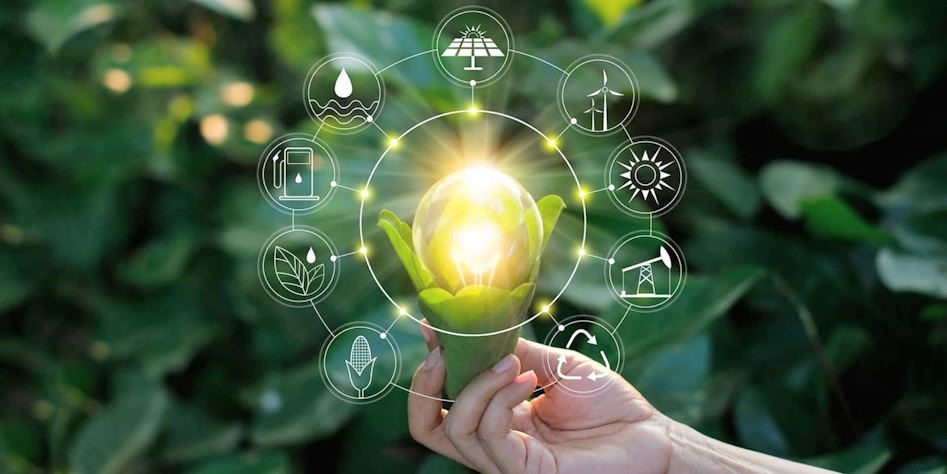The Rise of Wind Power
Wind power began to gain traction in the early 20th century. The first wind turbine designed to generate electricity was built in Scotland in 1887. However, wind power significantly contributed to electricity generation during the mid-20th century. Innovations in turbine design and the growth of wind farms have made wind energy a major player in the clean energy sector.
The Emergence of Solar Photovoltaics
The development of solar photovoltaic (PV) technology marked a turning point in the clean energy landscape. The first practical solar cell was constructed in 1954 by Bell Labs researchers. These early solar cells were expensive and had limited efficiency, but ongoing research led to significant improvements. The 1970s saw the commercialization of solar PV panels, primarily for space applications. Over time, solar PV technology became more affordable and efficient, making it a mainstream source of clean energy.
The Nuclear Energy Era
Nuclear energy was considered a clean and promising energy source during the mid-20th century. The first commercial nuclear power plant, Calder Hall in the United Kingdom, began operations in 1956. Nuclear power plants produce electricity without emitting greenhouse gases, but concerns about safety, radioactive waste, and the potential for accidents have led to a more nuanced view of nuclear energy.

Energy Efficiency and Conservation
While the focus has often been on generating clean energy, improving energy efficiency and conservation have been crucial in reducing overall energy consumption and environmental impact. Energy-efficient technologies and practices have been promoted in various sectors, including buildings, transportation, and industrial processes.
Advancements in Battery Technology
Energy storage technologies, particularly batteries, have undergone significant advancements. Lithium-ion batteries have become a linchpin for integrating renewable energy sources like wind and solar into the grid. The development of electric vehicles (EVs) has also driven innovation in battery technology, leading to more efficient and affordable energy storage solutions.
Expansion of Renewable Energy Sources
In recent years, renewable energy sources have substantially expanded, including wind, solar, and geothermal power. Governments, businesses, and individuals have increasingly adopted clean energy technologies to reduce greenhouse gas emissions and combat climate change. Renewable energy has become central to global efforts to transition to a low-carbon energy future.

